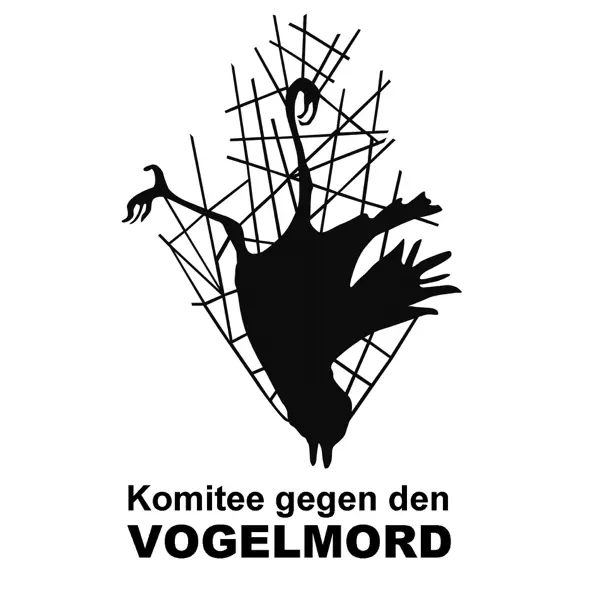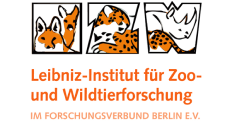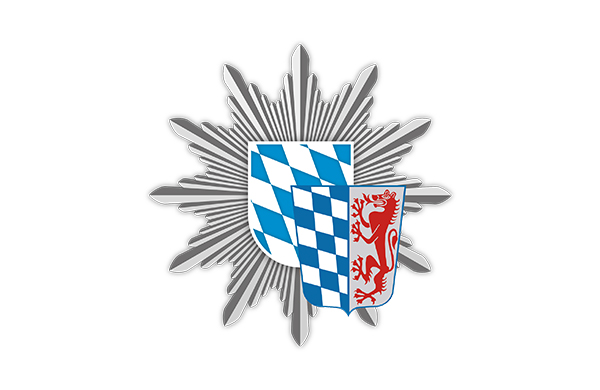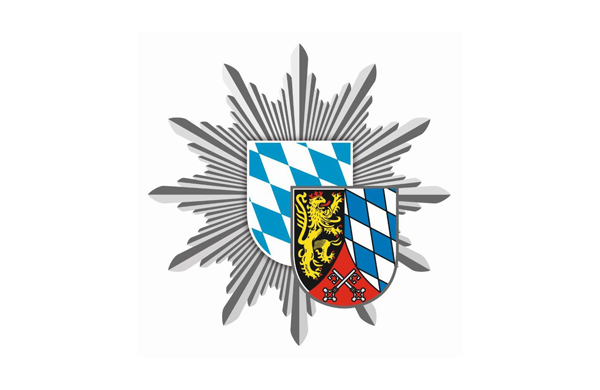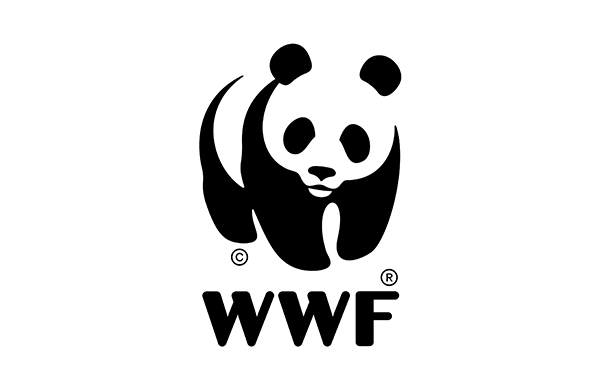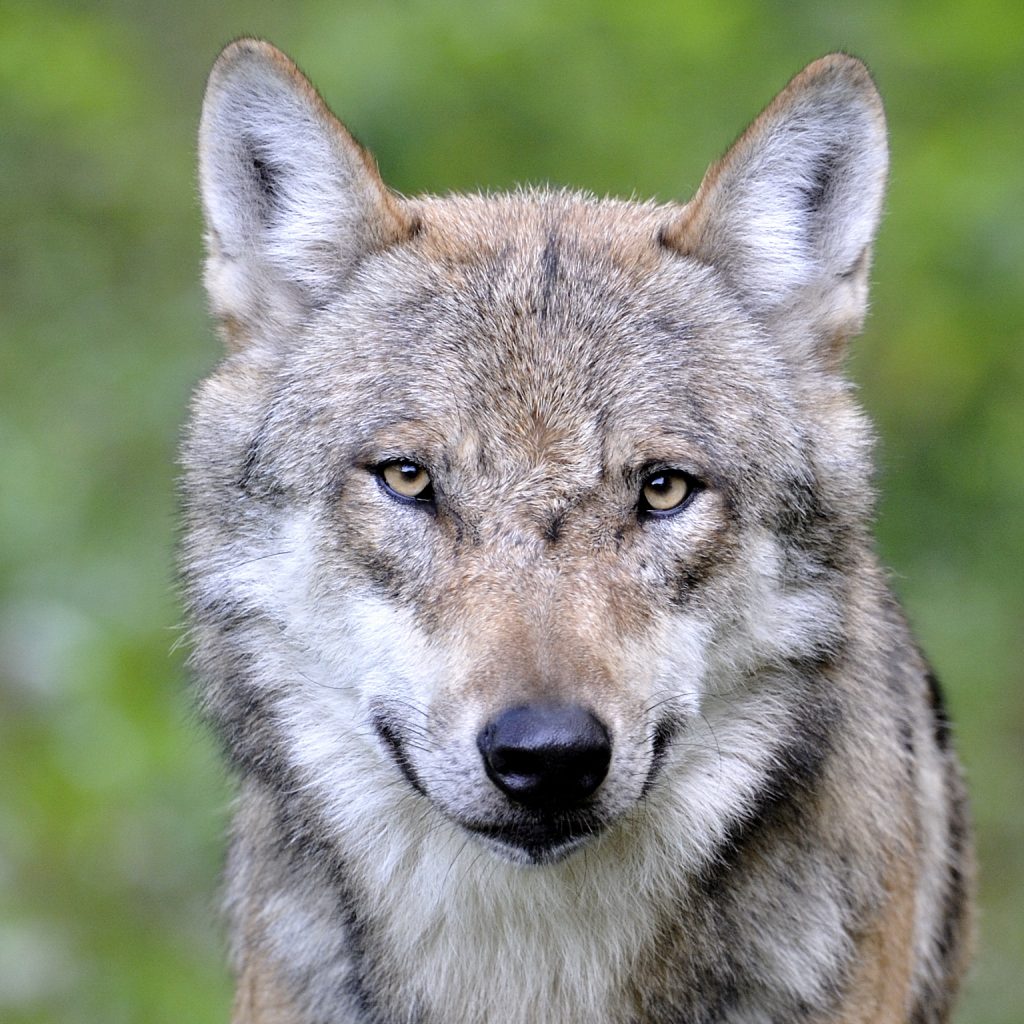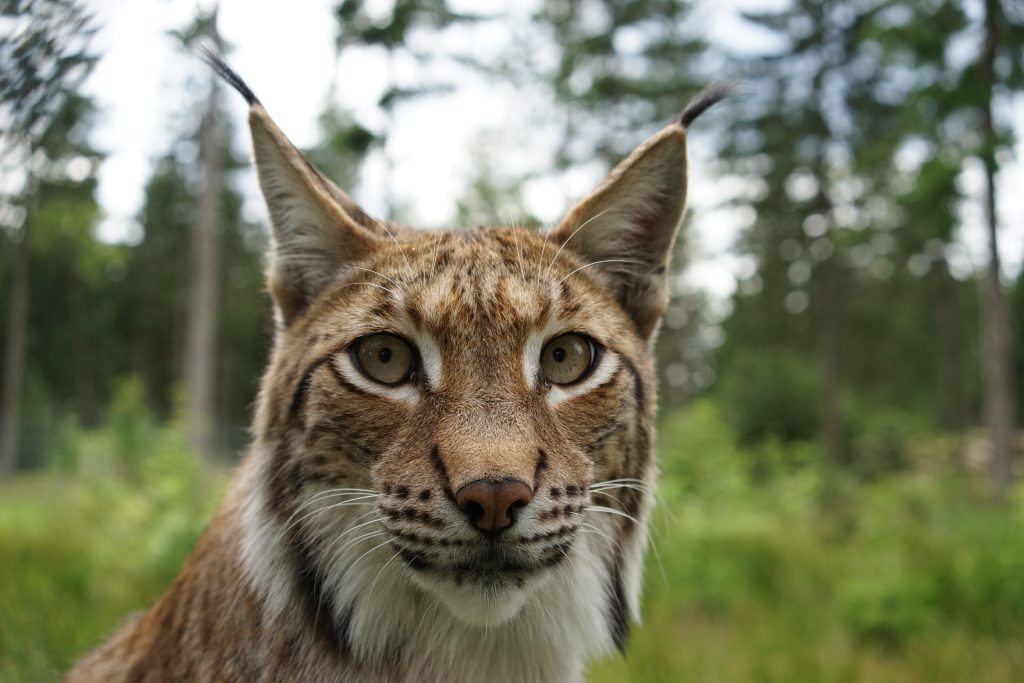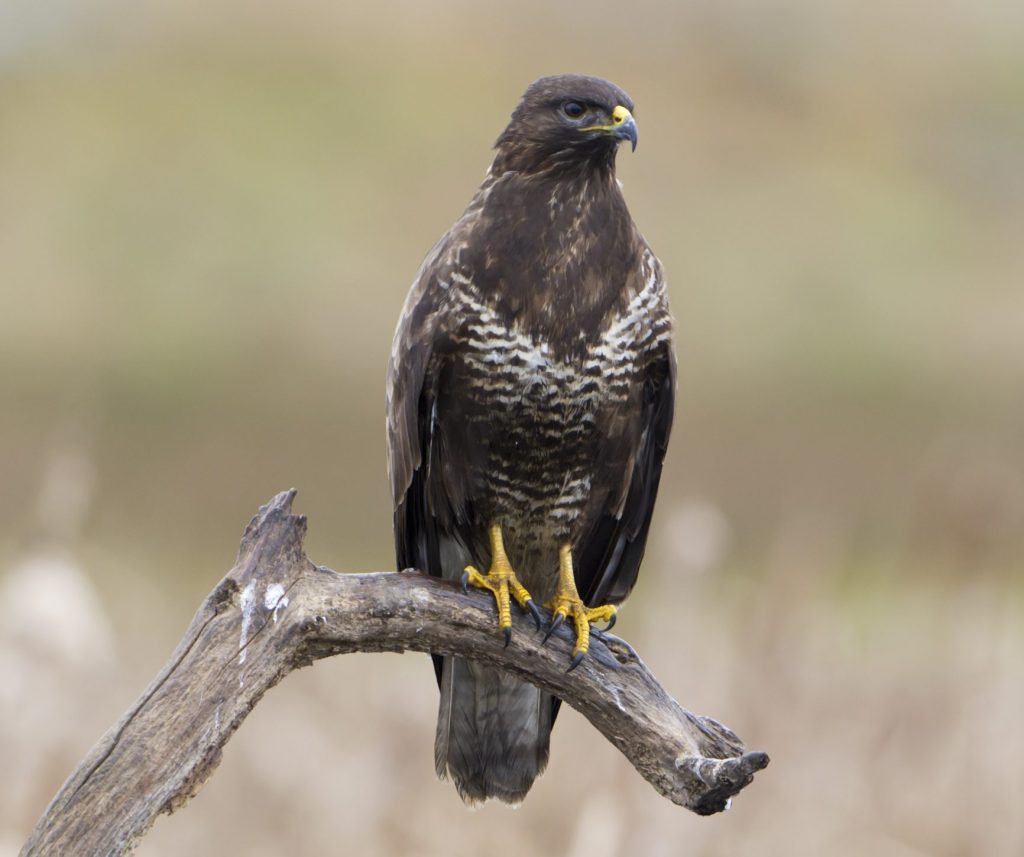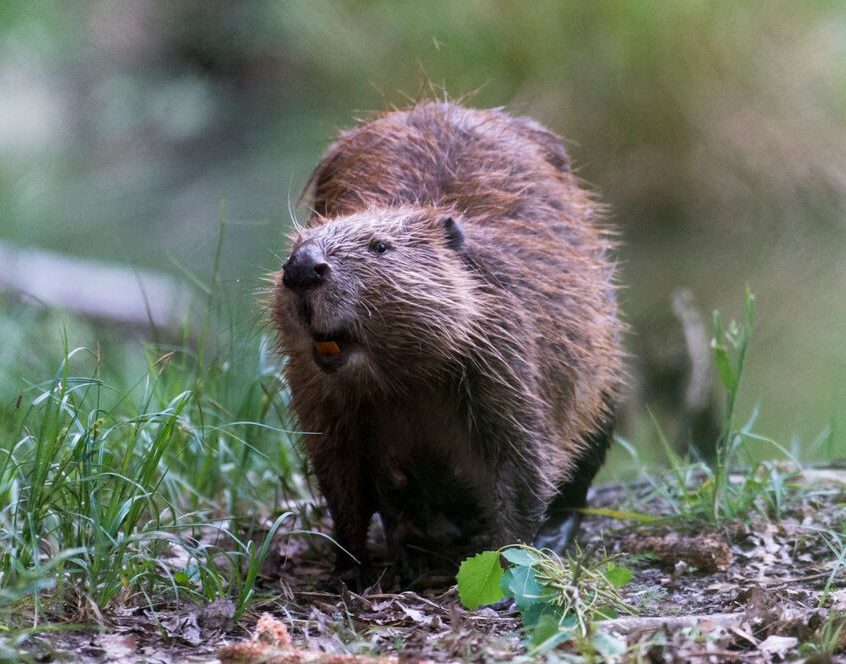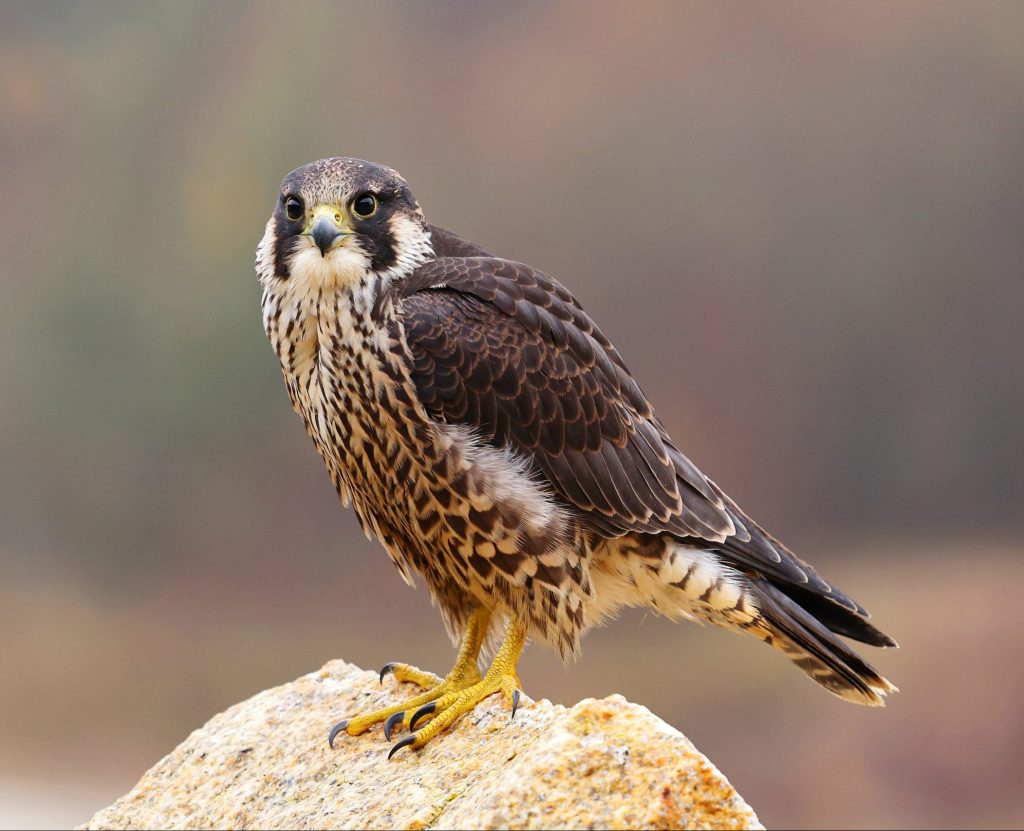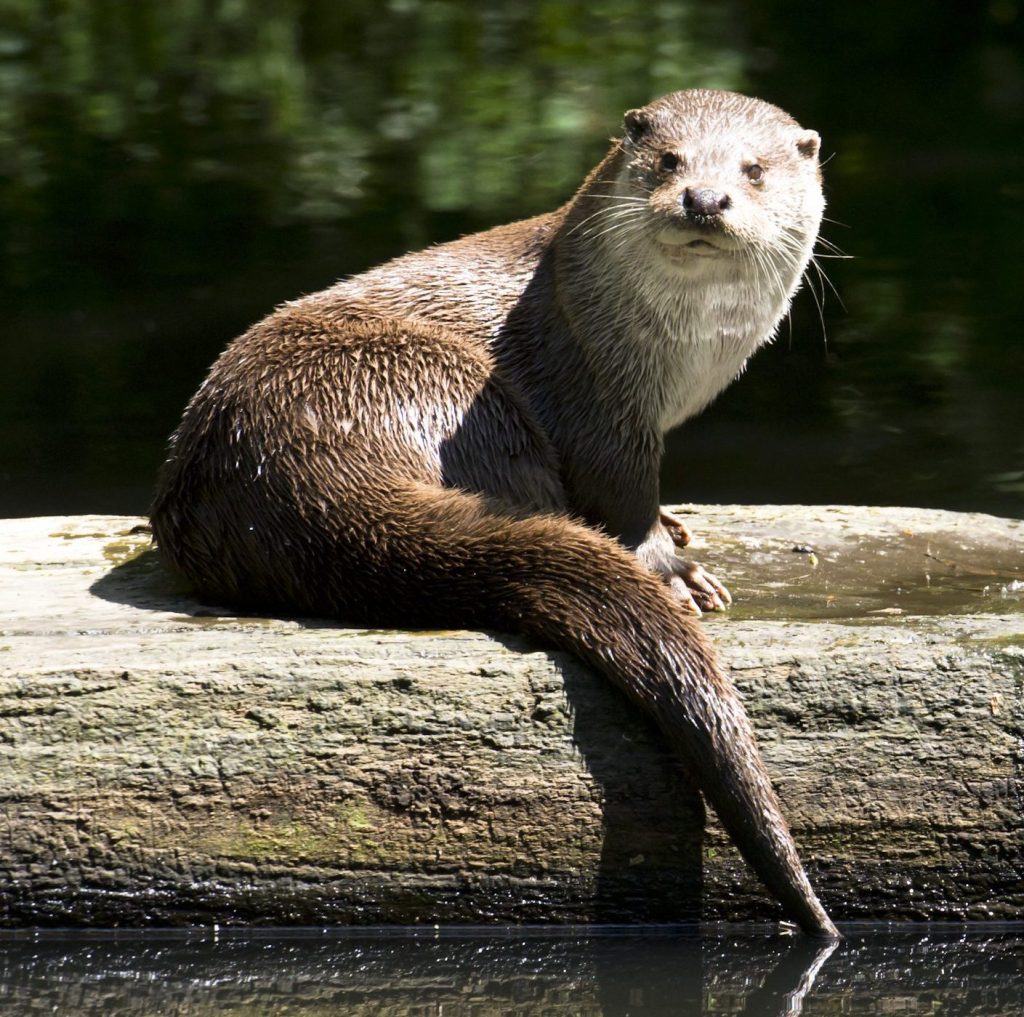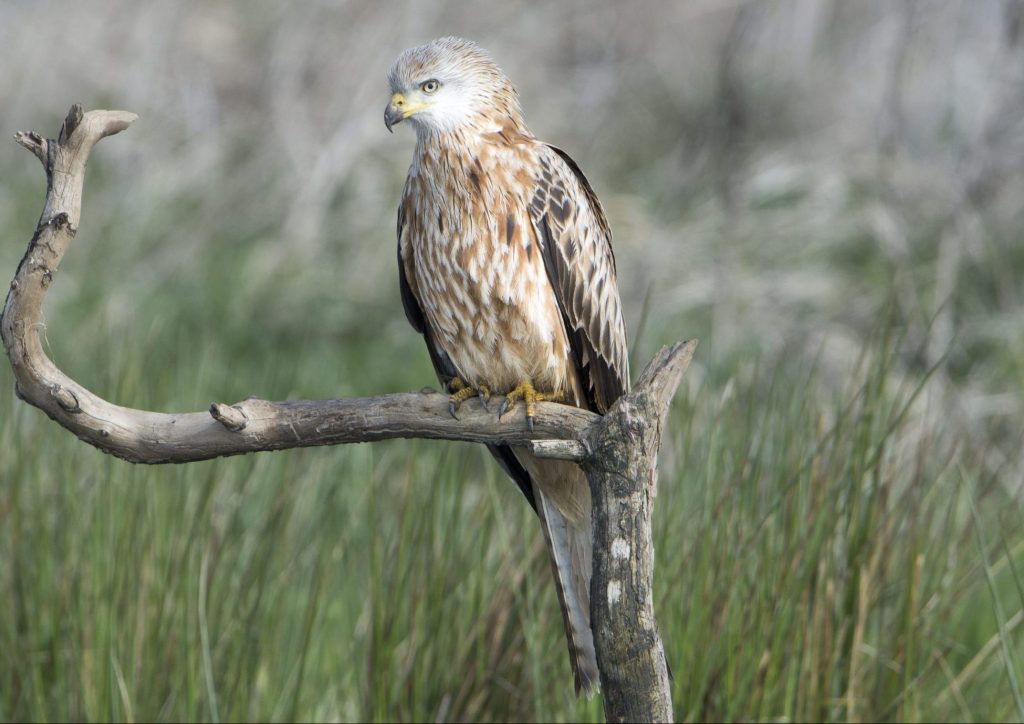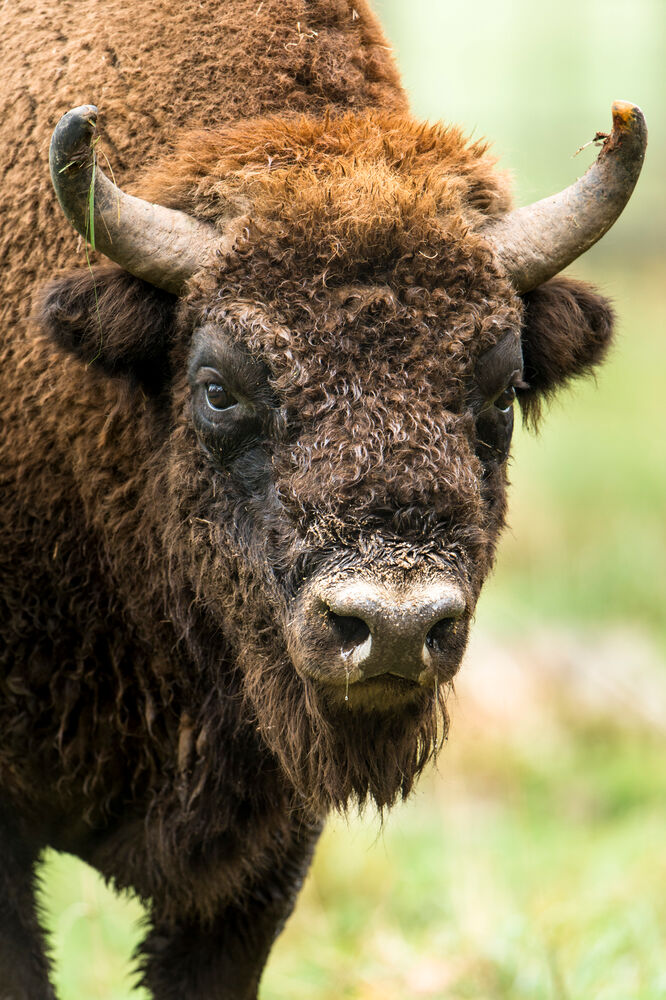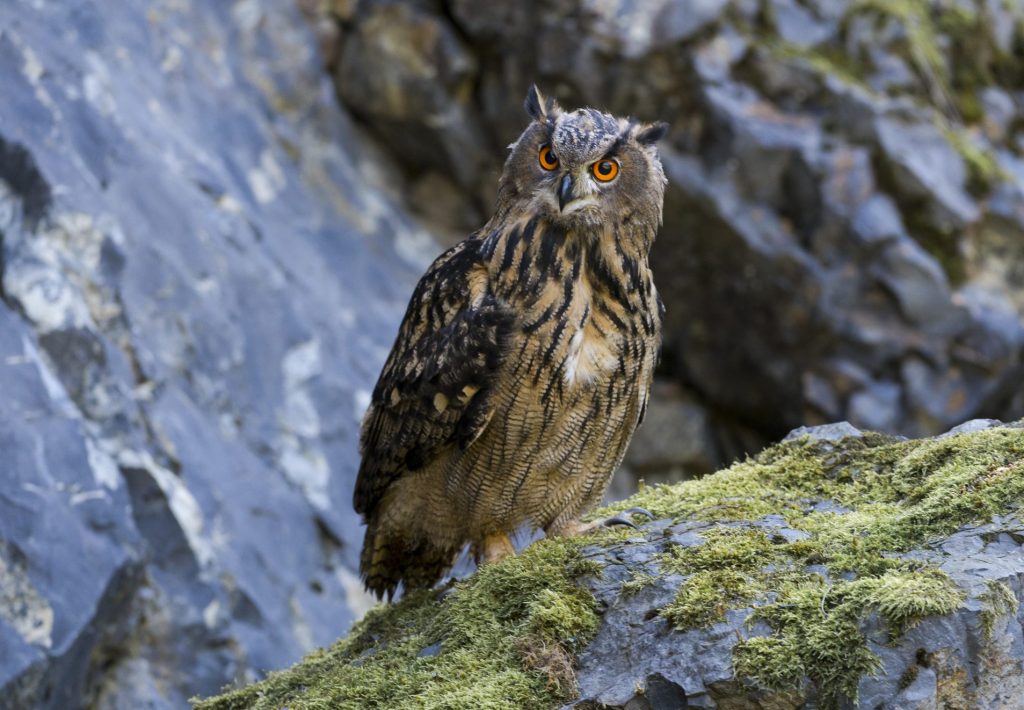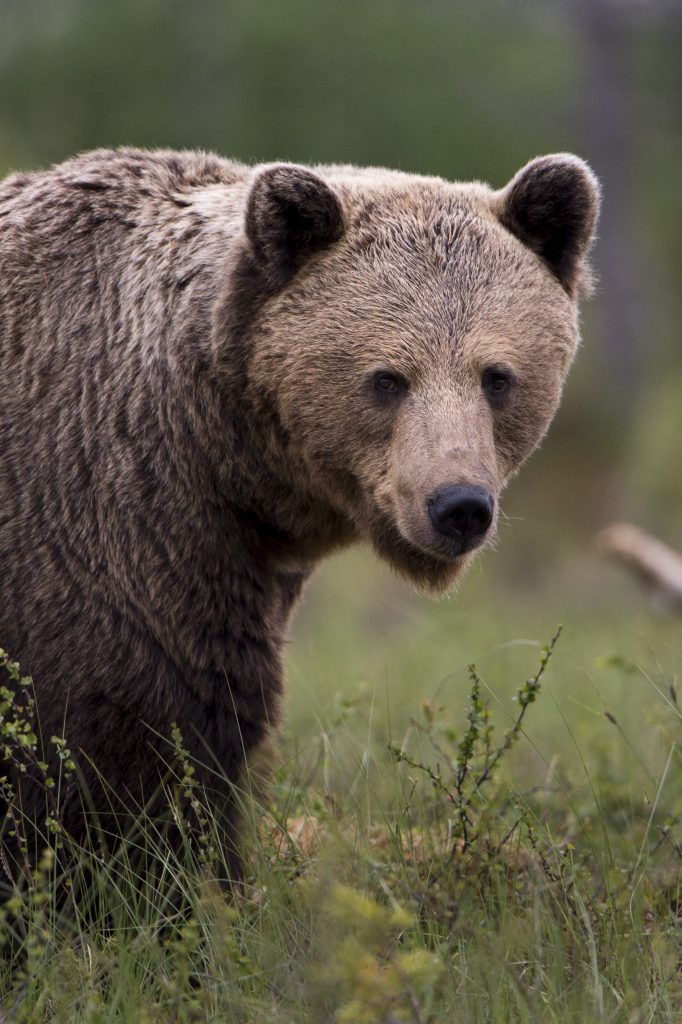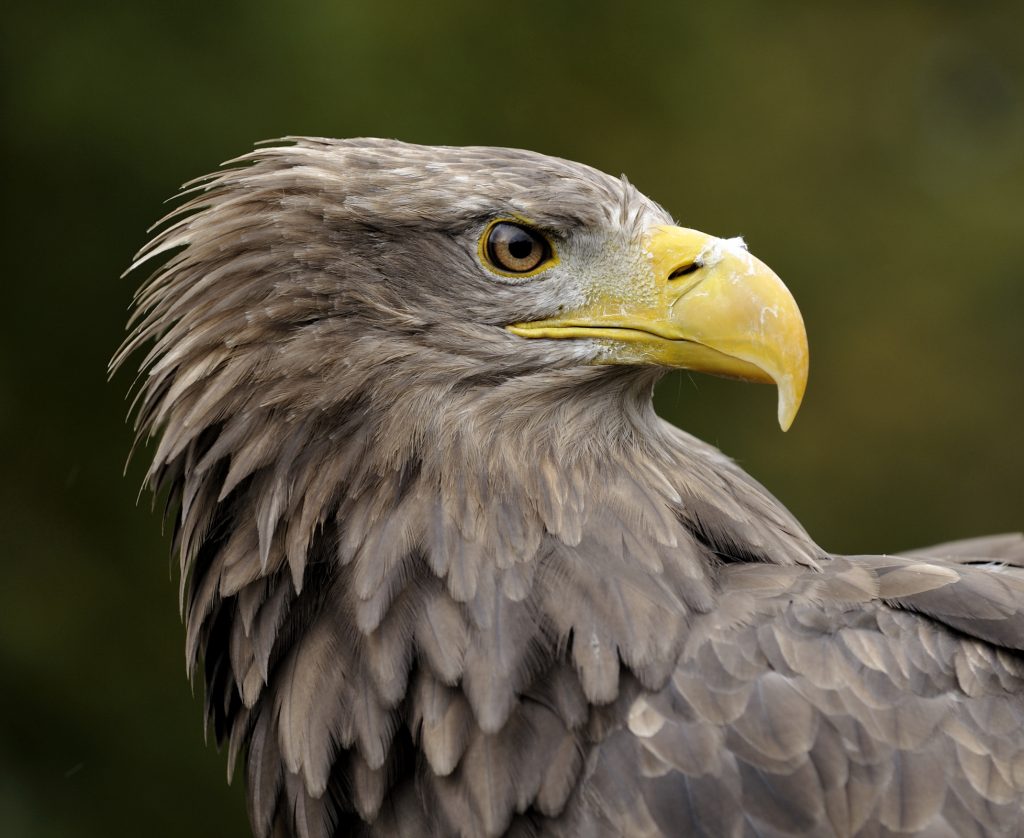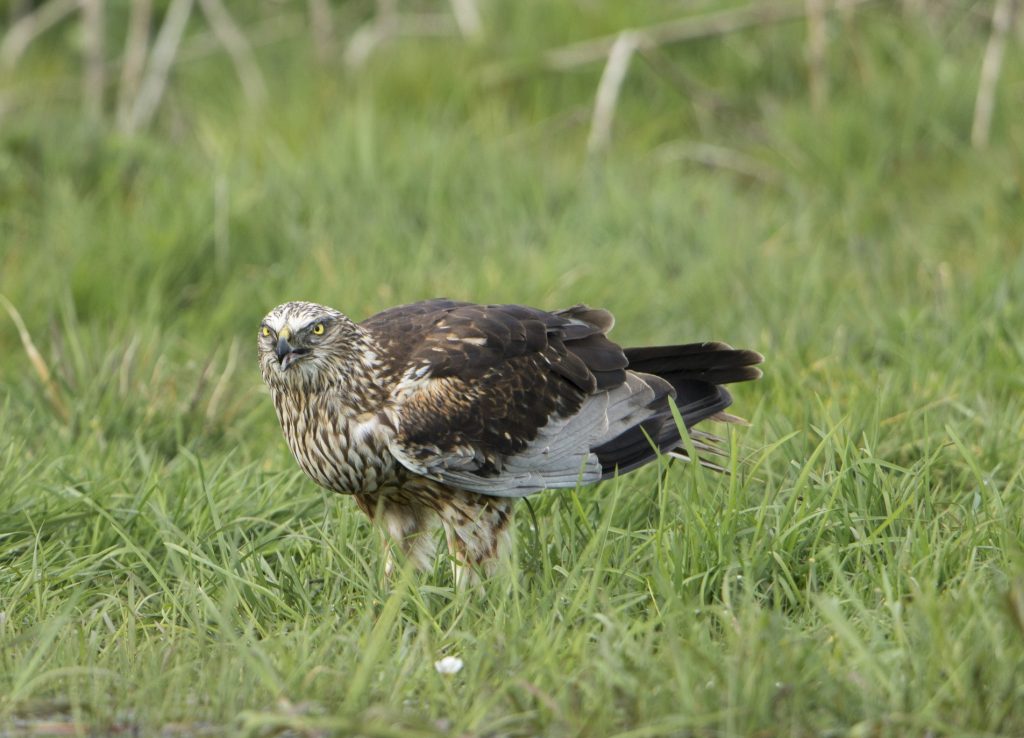Wildlife crime:
A threat to biodiversity
Many people are not aware that the illegal killing of protected wild animals does not only take place in distant regions in Africa or Asia, but also right on our doorstep, regularly in countries such as Germany and Austria.
This is what it's all about
Unfortunately, wildlife crime often doesn’t receive enough publicity and many people are unaware of the serious impact it has on nature conservation. Illegal actions towards wild animals not only threaten the existence of individual species, but can also jeopardise the balance of entire ecosystems, which has far-reaching ecological consequences. For this reason, it is essential to take consistent action against wildlife crime in order to preserve biodiversity and ensure the long-term health of our natural environment.
Our efforts aim to minimise the illegal killing of wild animals in the long term. By containing these illegal activities, we can not only strengthen the protection of endangered species, but also promote biodiversity and thus ensure the long-term preservation of our ecosystems.
The terms “poaching“, “offences against hunting law” and “wildlife crime” cover similar but distinct aspects of illegal activities involving wildlife. In order to better understand the differences and correctly name criminal offences, a precise definition of the terms is necessary.
The term “wildlife crime” was introduced to better summarise the various forms of illegal acts against wild animals. It refers to any unlawful removal (killing or capturing) or harming of highly protected wild animals as well as related offences. This includes not only the illegal killing and hunting of wildlife, but also the illegal trade of wildlife products, habitat destruction and other activities that endanger wildlife . The key factor here is the focus on the need for protection of the animals concerned.
Using this term helps to raise awareness about the full range of threats to wildlife and to support the fight against these criminal activities, as it emphasises the broader nature of these problems.
In practice, an offence against a wild animal can be classified both as a case of wildlife crime and as an offence against german hunting law, depending on the specific circumstances. The offence of breaking the hunting law is usually fulfilled if the underlying act constitutes a violation of another person’s hunting rights. Wildlife crime, on the other hand, includes any illegal act against protected wildlife species. The question of whether the offence was committed on a hunting ground and whether the perpetrator was authorised to hunt is therefore not relevant in the fight against wildlife crime.
Poaching:
The term “poaching” usually refers to the hunting of wild animals without the required hunting licences, with unauthorised means or outside the legally defined hunting seasons. Colloquially, this term is used to describe illegal activities in connection with wild animals. These activities violate hunting and nature conservation laws and threaten biodiversity and ecosystems. Poaching can also include the illegal trade in animal products such as ivory, horns and furs. As the term is used differently in different contexts, it is a rather unspecific term with an unclear meaning. In addition, there was and still is a sometimes heroising, but in any case romantic glorification of poachers and poaching, which is why the term is not suitable for accurately describing the injustice and gravity of the underlying acts.
Offences against german hunting law:
The term has a clear definition in German-speaking countries, as it constitutes a criminal offence(§ 292 StGB in Germany). The offence is committed if someone pursues, catches, kills or appropriates game for themselves or a third party in violation of hunting rights. On the one hand, this means that offences against german hunting law (“Jagdwilderei”) can only be committed by persons who are not authorised to hunt in the respective hunting ground. On the other hand, it only refers to the hunting of wild animals that are defined as game within the meaning of a hunting law.
In this case is not the wild animals that are to be protected, but the rights of the person authorised to hunt in accordance with hunting law. Acts to the detriment of protected wild animals that are committed by the respective authorised hunter himself or are not directed against “game” (in the sense of the Hunting Act) are therefore not covered by this term.
The frequency of wildlife crime worldwide is difficult to quantify, as it is illegal and therefore remains mostly hidden. Most cases of illegal wildlife persecution are not recorded or reported. Nevertheless, wildlife crime is considered the fourth largest organised crime worldwide, after drug trafficking, human trafficking and arms trafficking. The illegal trade in animal products, poaching and habitat destruction are all acts that not only violate environmental laws, but often also national and international laws.
The perpetrators behind wildlife crime are diverse and range from individuals to organised crime groups. International motives for these offences are often of a financial nature, as the illegal trade in animal products promises considerable profits. In countries such as Germany and Austria, there are additional motives that are closely linked to land use conflicts. Here, the habitat for wild animals is being restricted by agriculture and animal husbandry, infrastructure projects and settlement expansion, resulting in human-wildlife conflicts.
These conflicts increase the likelihood of illegal killings of certain species such as lynxes, wolves and birds of prey. Birds of prey, for example, are often killed illegally due to a perceived threat to poultry populations. Landnutzungskonflikte in Bezug auf Wölfe können dazu führen, dass sie als Bedrohung wahrgenommen und illegal verfolgt werden, insbesondere wenn Nutztiere angegriffen werden. Combating wildlife crime therefore requires not only legal measures, but also a targeted examination of the complex motives in order to find sustainable solutions.
The fight against wildlife crime requires a legal basis in order to be effective. At national and international level, there are a large number of laws, regulations and agreements that regulate the illegal trade in animal products and other forms of wildlife crime:
Convention on International Trade in Endangered Species of Wild Fauna and Flora (CITES):
CITES is one of the most important international agreements in the field of species conservation. It regulates international trade in endangered animal and plant species and prohibits trade in products from species that are subject to protection. Zahlreiche Länder sind Vertragsparteien von CITES und verpflichten sich, die Vorschriften durch nationale Gesetze zu implementieren.
National species protection laws:
Many countries have their own laws and regulations to protect nature. These laws vary between countries, but can set punishments for wildlife crime and restrict the illegal trade in animal products.
- Germany:
- Austria:
International co-operation:
International agreements and initiatives, such as INTERPOL and the UN Convention on International Trade in Endangered Species of Wild Fauna and Flora (CITES), facilitate coordination and the exchange of information between countries.
The legal framework is crucial for combating wildlife crime and bringing offenders to justice. They set penalties and sanctions designed to increase deterrence.
The victims of wildlife crime are diverse and include a wide range of animal species, including numerous highly endangered species in Germany and Austria. Alongside rare birds of prey, lynxes, wolves, beavers and otters are also regularly killed illegally.
Do you need support with reporting a case?
Click on ‘Report case’ below to get support. By asking a few short questions, we will help you to find out who you can contact with your case and then direct you straight to the experts.
Strong Partners


